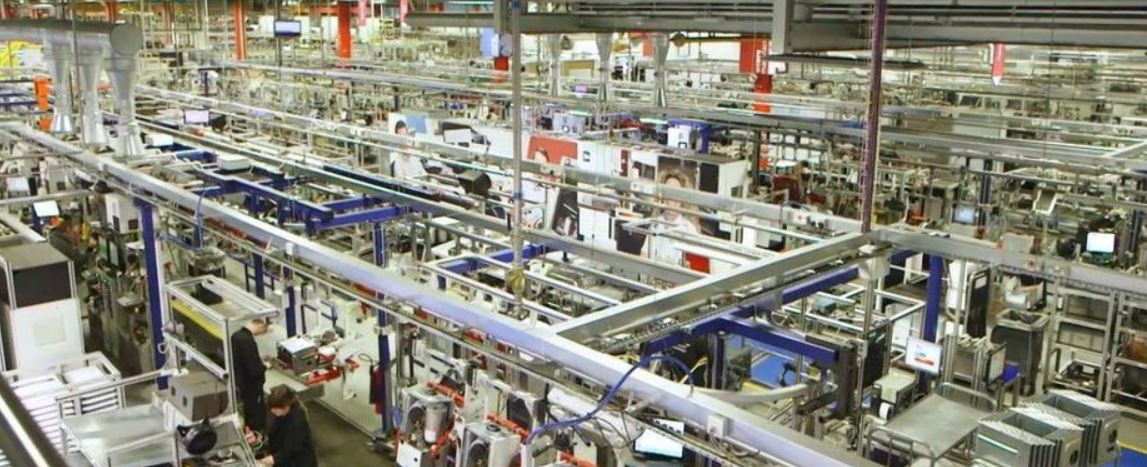Fuel Cell Supply Chain Analysis

During graduate school I was tasked with completing a semester-long supply chain capstone project with a team of five. My team was given a large fuel cell manufacturer who was struggling with part stockout issues as our corporate sponsor. These issues ranged from material fulfillment problems between their manufacturing and warehouse facilities, communication between their facilities, inventory visibility, and storage of parts. Each week we visited their various facilities and consulted with a wide range of personnel, from workers on the line to high ranking executives, in order to troubleshoot the issues. After a semester’s worth of work we were able to present the following deliverables to a diverse panel of the company’s workers:
- A new, completely reworked, level production schedule for fuel cells to avoid spikes in demand
- A new schedule for picking parts following the level production schedule to avoid spikes in demand for parts
- A procedure for kitting their parts that increases the visibility of parts and where stockouts are happening
- A detailed plan of what parts and their quantities go into each kit based upon subassembly design, proximity of assembly on the manufacturing line, and the size of the parts
- A system for replenishing and storing the kits so the necessary parts are always on the manufacturing line with little excess
- Recommendations for what packaging should be purchased for these kits to minimize waste and optimize storage space
- A Tulip app on their inventory system that keeps track of kits, parts, and their location to increase visibility
- A barcoding system for keeping track of kits
- A standardized system for signaling that parts are needed on the manufacturing floor to minimize excess noise
- An analysis of how many days of production they were losing due to their current manufacturing system
- An analysis of how work in progress inventory was hurting their bottom line and increasing their storage costs
- An analysis showing how utilizing our recommendations should decrease storage costs by over $400,000 per year and should double the number of fuel cells they are able to produce per shift
- Recommendations for how to adopt these processes to their new facility under construction
The complete analysis and report for this project cannot be shared publicly due to privacy concerns.

